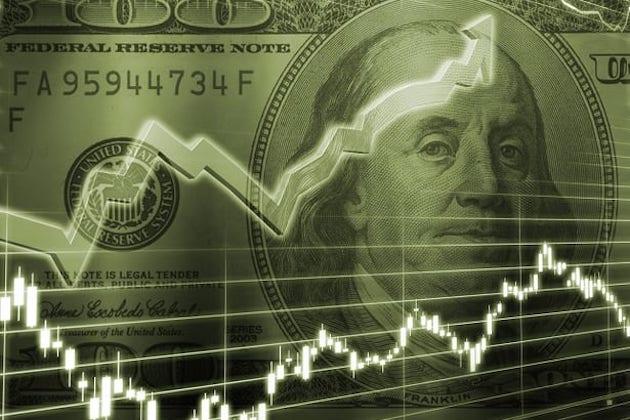The U.S. dollar gained in late trading on Friday, as the U.S. manufacturing index rose in August.
The dollar index, which measures the greenback against six major peers, rose 0.60 percent to 104.2294 in late trading.
Manufacturing Purchasing Managers’ Index (PMI) released by the Institute for Supply Management (ISM) on Friday stood at 47.6 for August after posting a 46.4 print in July. Numbers below 50 show contraction.
“The U.S. manufacturing sector shrank again, but the uptick in the PMI indicates a slower rate of contraction,” said Timothy Fiore, chair of the ISM Manufacturing Business Survey Committee. “The August composite index reading reflects companies managing outputs appropriately as order softness continues, but the month-over-month increase is a sign of improvement.”
The U.S. dollar index gained ground after the release of the better-than-expected ISM manufacturing PMI report, reversing earlier declines following a mixed jobs report for August.
The U.S. Treasury yields moved higher after the report, providing additional support to the American currency.
The Labor Department on Friday reported that U.S. nonfarm payrolls increased by 187,000 jobs last month. The number for July was revised lower to show 157,000 jobs added instead of the previously reported 187,000.
In late New York trading, the euro was down to 1.0779 U.S. dollars from 1.0846 dollars in the previous session, and the British pound decreased to 1.2593 U.S. dollars from 1.2665 dollars.
The U.S. dollar bought 146.1410 Japanese yen, higher than 145.4070 Japanese yen of the previous session. The U.S. dollar was up to 0.8853 Swiss francs from 0.8830 Swiss francs, and it was up to 1.3600 Canadian dollars from 1.3514 Canadian dollars. The U.S. dollar was up to 11.0397 Swedish krona from 10.9402 Swedish krona.










